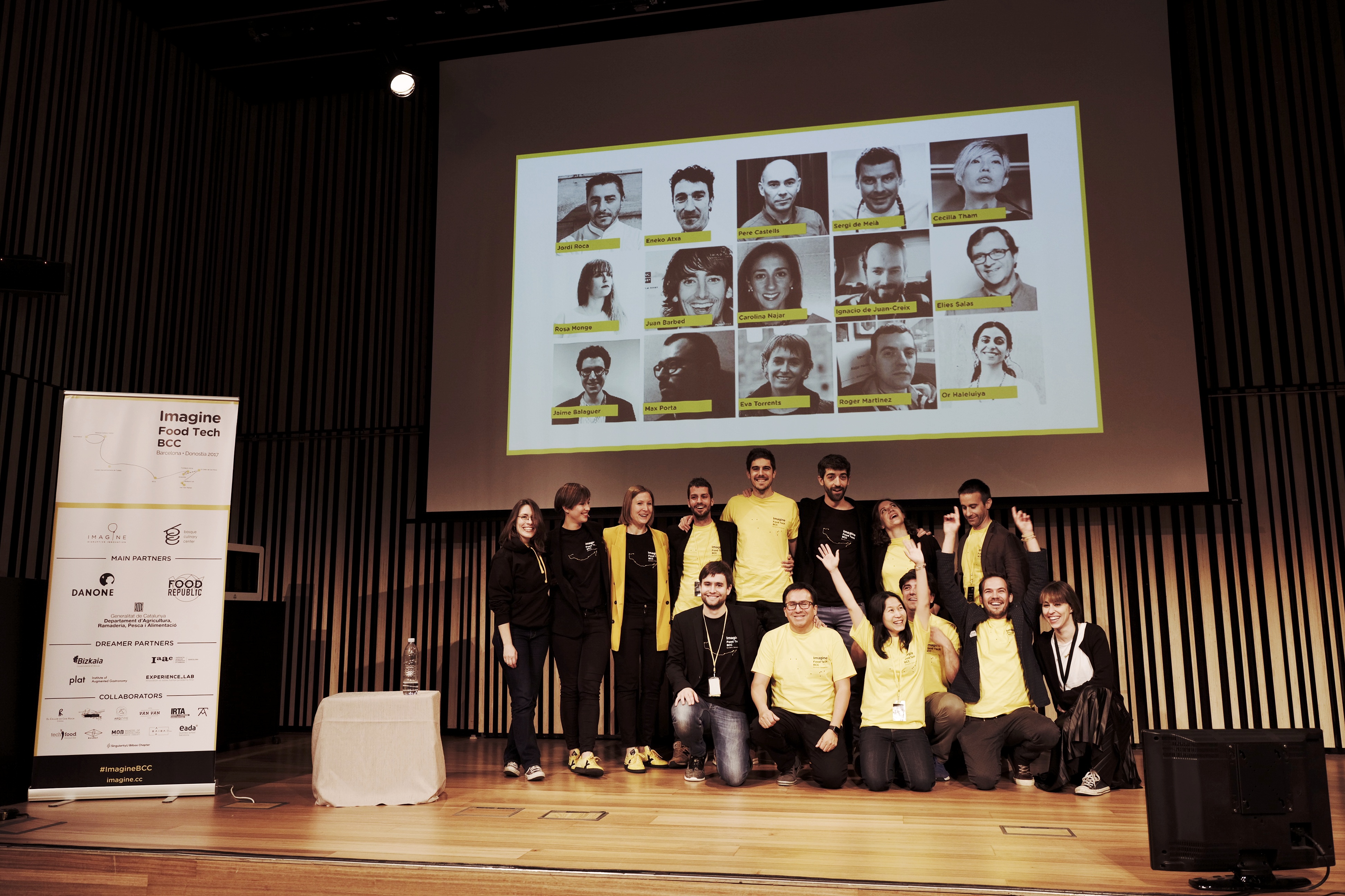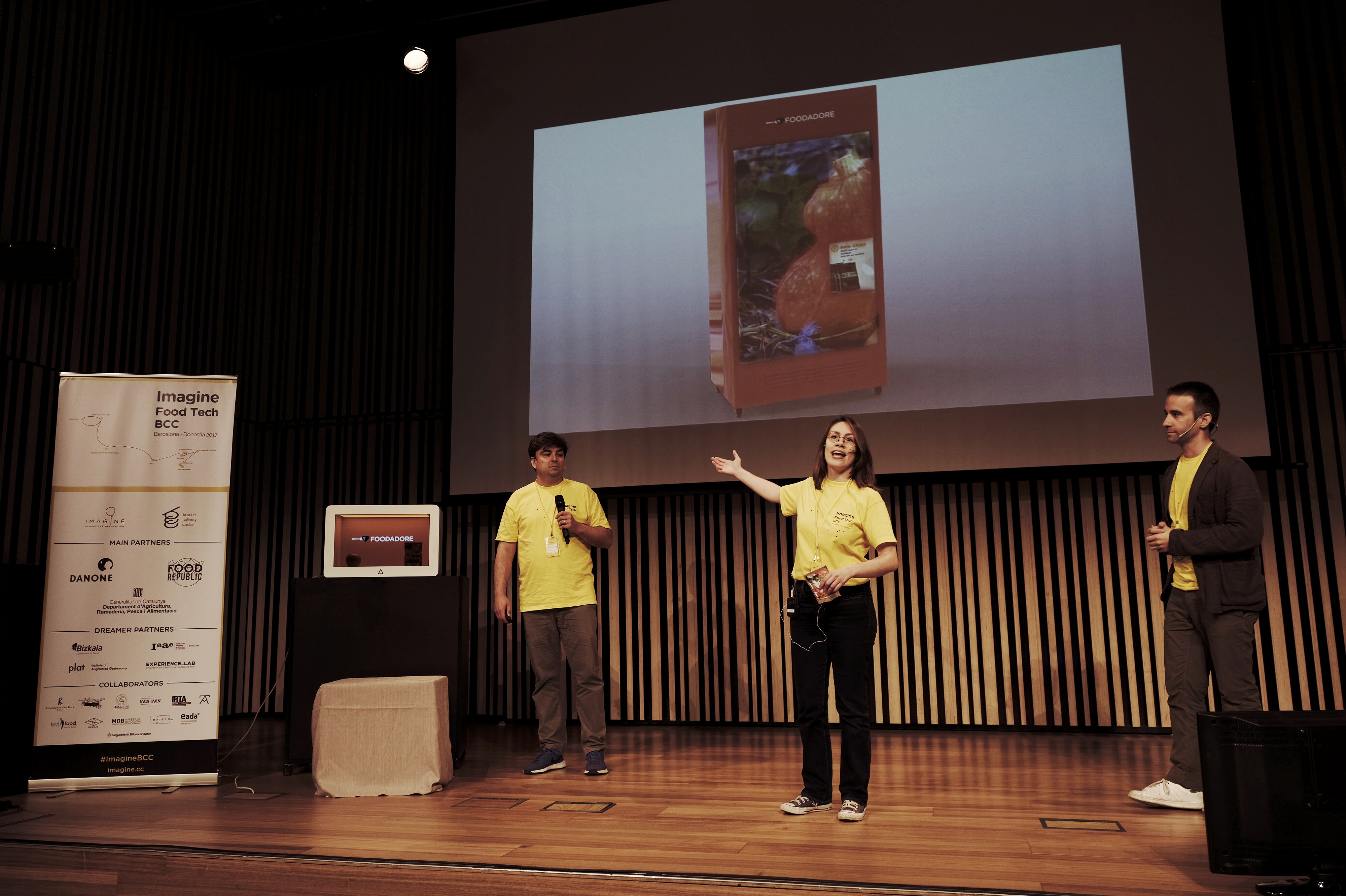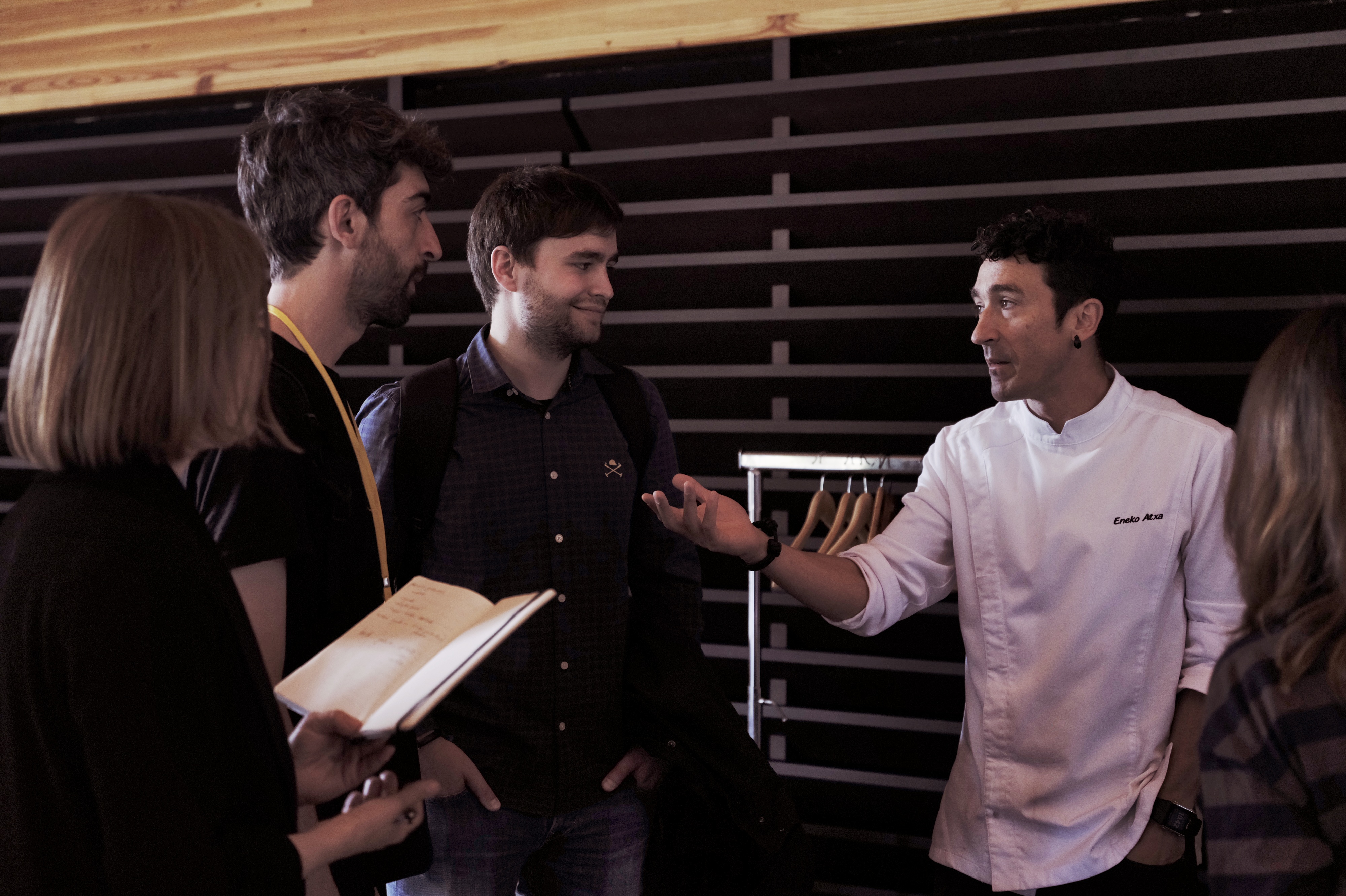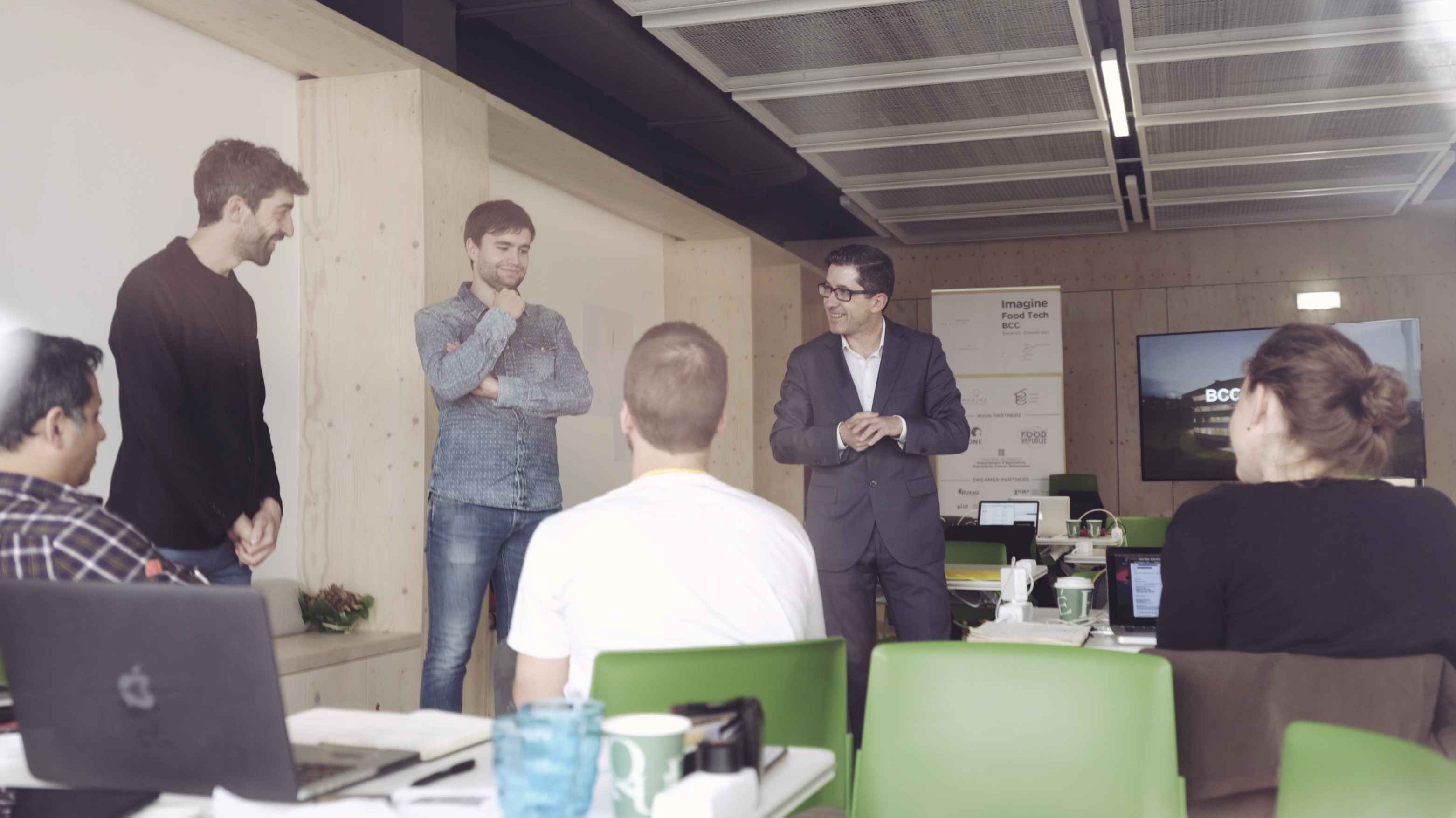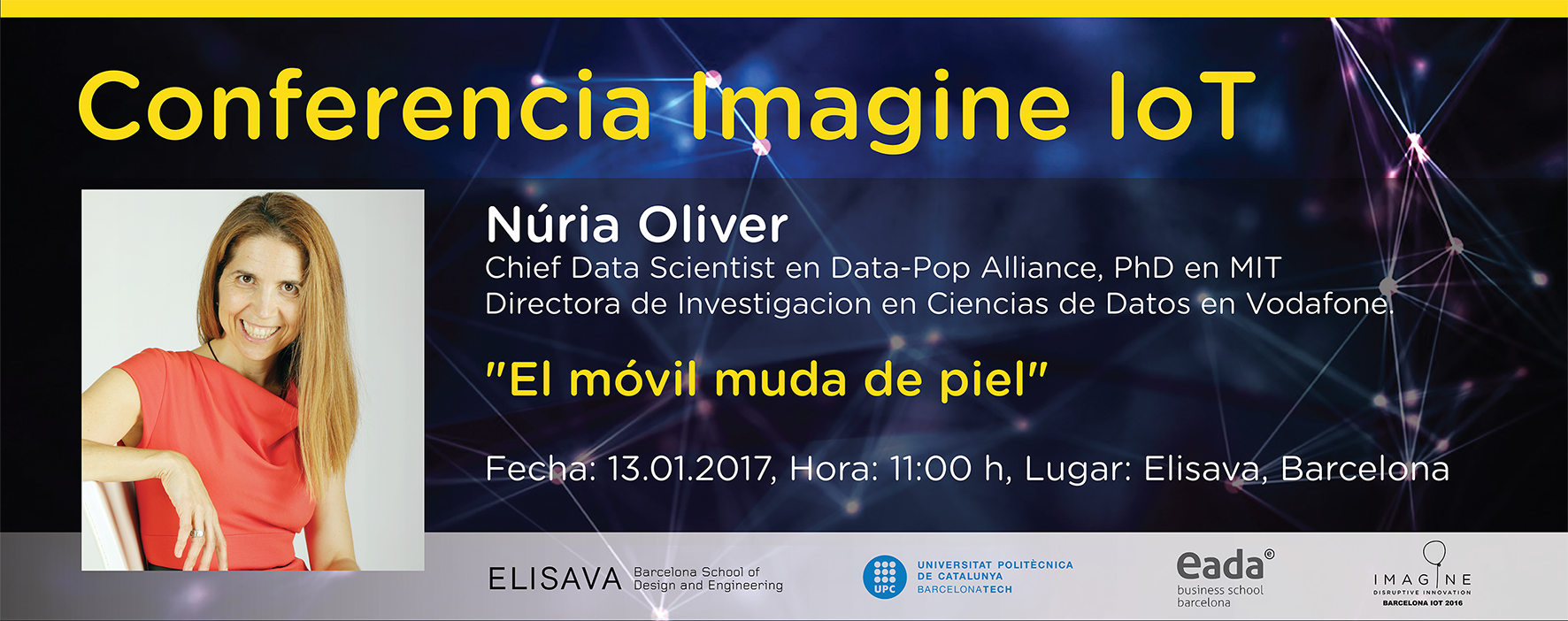- More than 7.000 young students aged between 16 and 24 have participated this Thursday, November 30th, at the Palau Sant Jordi and within the framework of the IFEST in the first of the four annual Dream Big Challenge events.
- The young students, working in teams formed by three students (players) + a teacher (shaker), have faced four disruptive innovation challenges proposed by four companies: Aigües de Barcelona, Parc Científic de Barcelona, Fluidra and Uriach.
- The team with the winning idea has entered the Imagine Express 2018 innovation program and will accelerate its idea during a three-day trip through Europe. In addition, Pol Álvarez, considered the best student, has earned a seat in the Imagine Silicon Valley 2018 one-month acceleration program.
Barcelona, November 30th 2017.– More than 7.000 young students aged between 16 and 24 have participated this Thursday, November 30th, at the Palau Sant Jordi and within the framework of the IFEST in the first of the four annual Dream Big Challenge events, a disruptive innovation competition that seeks to promote the entrepreneurial spirit and give confidence to young people to develop their initiatives.
Dream BIG Challenge iFest 2017 from Imagine on Vimeo.
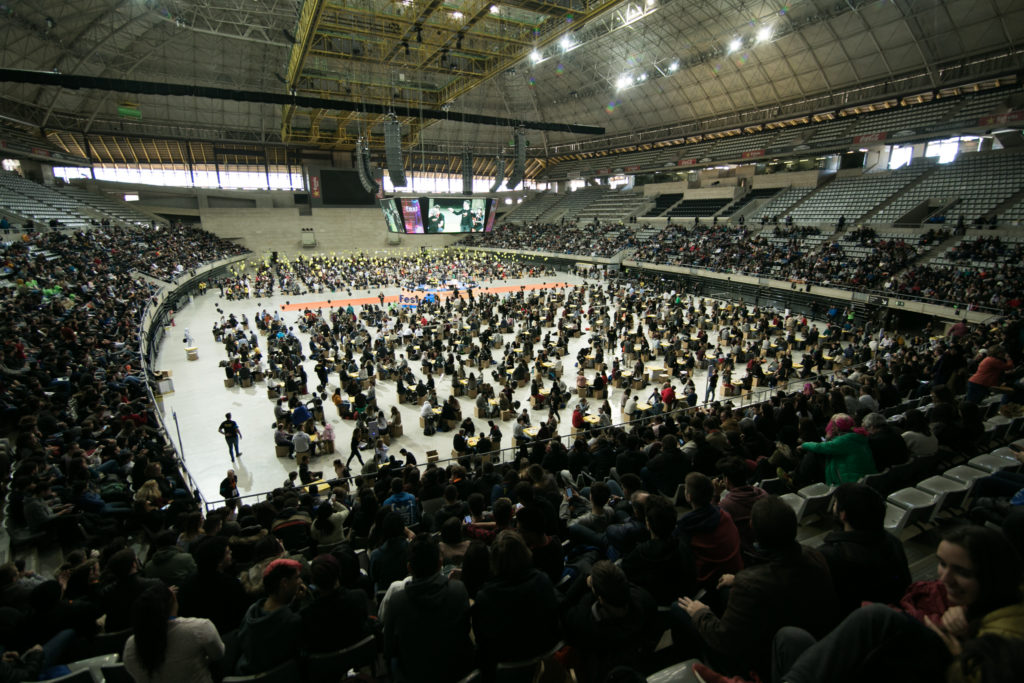
Thanks to its proposal for the prevention of infectious diseases, the Chupa-Chip team has become the winner of the meeting and will take part in the Imagine Express 2018 innovation program that will allow them to accelerate their idea during a three-day trip through Europe (Barcelona- Paris-London). For his part, Pol Álvarez, considered as the best student of this Dream Big Challenge edition, has achieved a place in the acceleration program of one month Imagine Silicon Valley 2018 (July, San Francisco), where he will develop and make his idea come true in addition to visiting the most innovative companies and universities in the world (Google, Apple, Instagram, Tesla, Stanford, Berkeley, etc.).
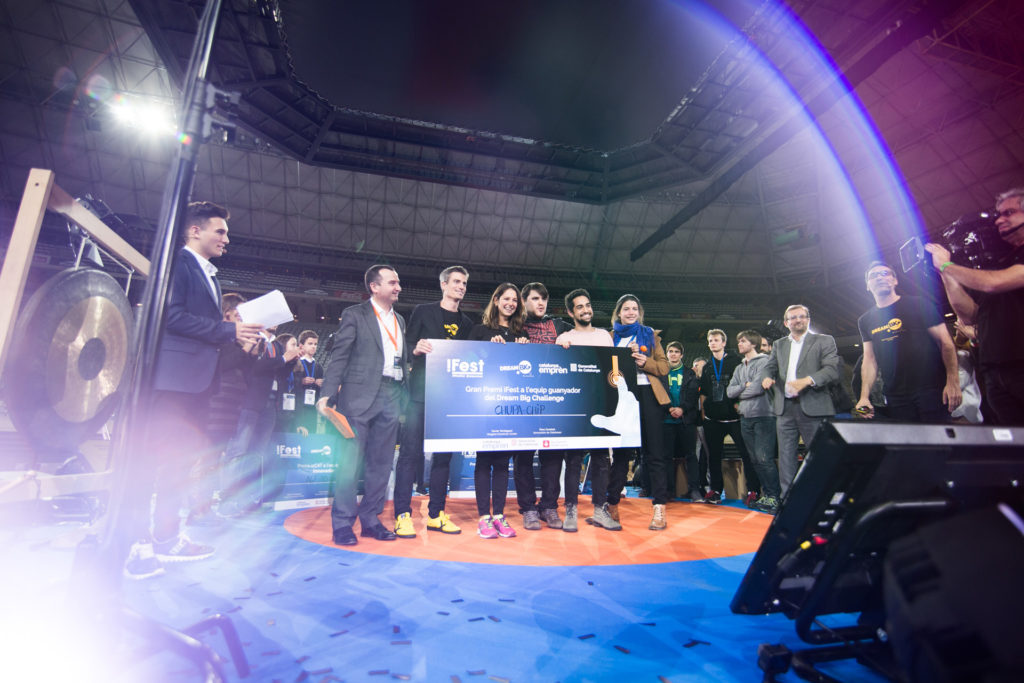
THE COMPETITION
Following the Lombard method (a radical learning process of the Imagine Foundation based on Design Thinking principles), during the competition the participants have been working in teams consisting of three students (players) and a teacher (shaker) to demonstrate their entrepreneurial capacity and propose innovative solutions to the four challenges of this edition: Future water (suggested by Aigües de Barcelona), Infectious diseases (Parc Científic de Barcelona), The pools of the future (Fluidra) and Connected Health (Uriach). The teams have been complemented with tier participants (11 players) and 2 tier teachers (shakers).
During the morning, 60 staff members from the Imagine Creativity Center have trained the 2,000 teachers who have acted as learning facilitators (shakers).
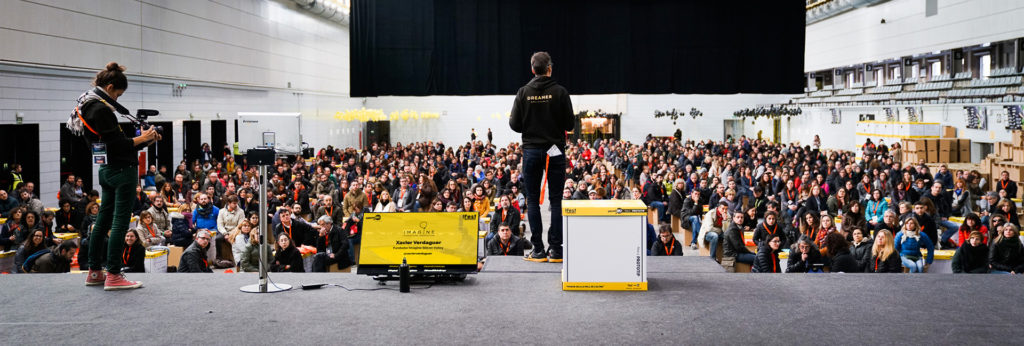
In the afternoon, the teams have developed the four phases of the Lombard method in order to turn a challenge into a solution:
Phase 1: inspiration, user, context and reformulation of the challenge
Phase 2: generation of ideas (divergence + convergence)
Phase 3: prototyping (validation of ideas + construction of prototypes)
Phase 4: communication (preparation of the presentation).
In the last part of the workshop, the winning team has been selected.
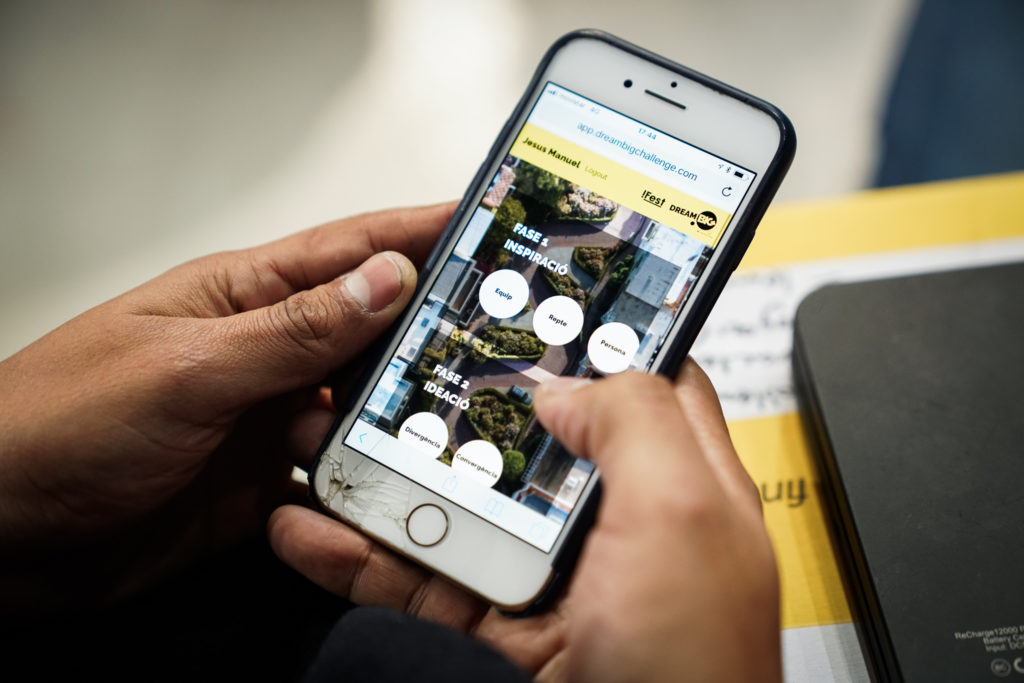
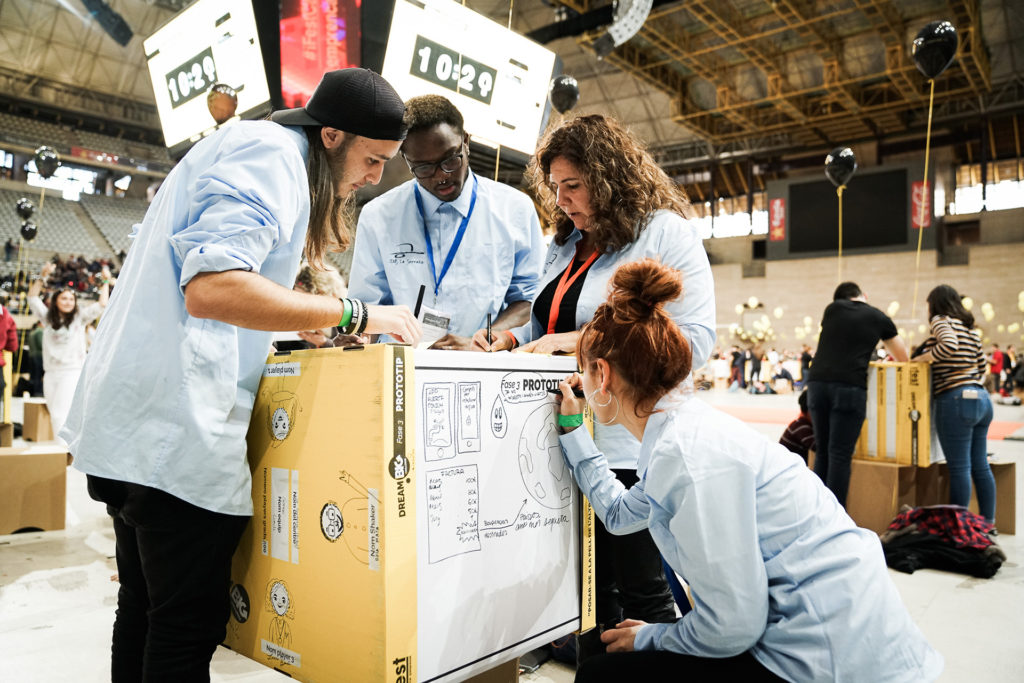
CHALLENGES OF THIS EDITION
The challenges the 7.000 students of this edition of Dream Big Challenge Barcelona have faced are:
AIGÜES DE BARCELONA: FUTURE WATER
Water is the core of life, it is present in every moment and, at the same time, it is a scarce resource. Aware of this, Aigües de Barcelona has launched this challenge with the aim of exploring the future of water taking into consideration five prisms: new technologies, city, health, home and environment.
«The future of society requires open collaboration between different types of talent that yet share the same common enthusiasm. Innovation with unprecedented and sustainable solutions that have a social impact can only be made from diversity. The world of water, due to its invisible importance in our lives and cities, is that starting point for this great transformation.» María Monzó, director of Innovation and Knowledge Aigües de Barcelona.
PARC CIENTÍFIC DE BARCELONA: INFECTIOUS DISEASES
Infectious diseases represent a serious problem both in developed countries (due to the resistance to antibiotics that is generated) and underdeveloped countries (due to the impact of tropical diseases). The Parc Científic de Barcelona has proposed to address this challenge from the point of view of prevention, diagnosis and therapy with information technologies, biotechnology, material sciences, new medical practices and / or public health.
«Encouraging creativity among young people is encouraging them to generate disruptive innovation. Progress happens because society fosters an enterprising attitude among young people; they are already telling us that they accept the responsibility to improve the future.» Ignasi Belda, director of the Parc Científic de Barcelona.
FLUIDRA: THE POOLS OF THE FUTURE
Swimming pools are a traditional space for contact with water that gives us a physical and mental well-being. New technologies, socioeconomic changes and climate change generate endless opportunities to evolve and innovate in what swimming pools should be like and how we relate to them. The challenge suggested by Fluidra has been to define what pools of the future will be like from the point of view of technology, gamification, its use and the environment.
«Companies must increasingly encourage children and young people to awaken and express their creative and entrepreneurial potential, as it is one of the keys to advance towards a more equitable, sustainable and secure society». David Tapias, direction of Innovation Fluidra.
URIACH: CONNECTED HEALTH
Health, well-being and the improvement of the quality of life are the goals of Uriach since 1838. As a pharmaceutical company, they have suggested the students to investigate how new technologies will allow us to think about products and new ways of taking care of ourselves, how to obtain more data to decide on our health and how we can interact or buy differently. Digital, pharmacy, society and sports are its prisms.
«Uriach’s collaboration with the Dream Big Challenge demonstrates how the company is committed to initiatives that take advantage of and enhance talent and, in this way, get everyone to grow together. On the one hand, we seek to improve Uriach’s business model, while also evolving to respond to future challenges in the world of health and well-being.» Oriol Segarra, general director Uriach.
WINNER’S LIST
– Winner of Best tier player. Place in Imagine Silicon Valley 2018: Pol Álvarez. IES Vilatzara, Vilassar de Mar.
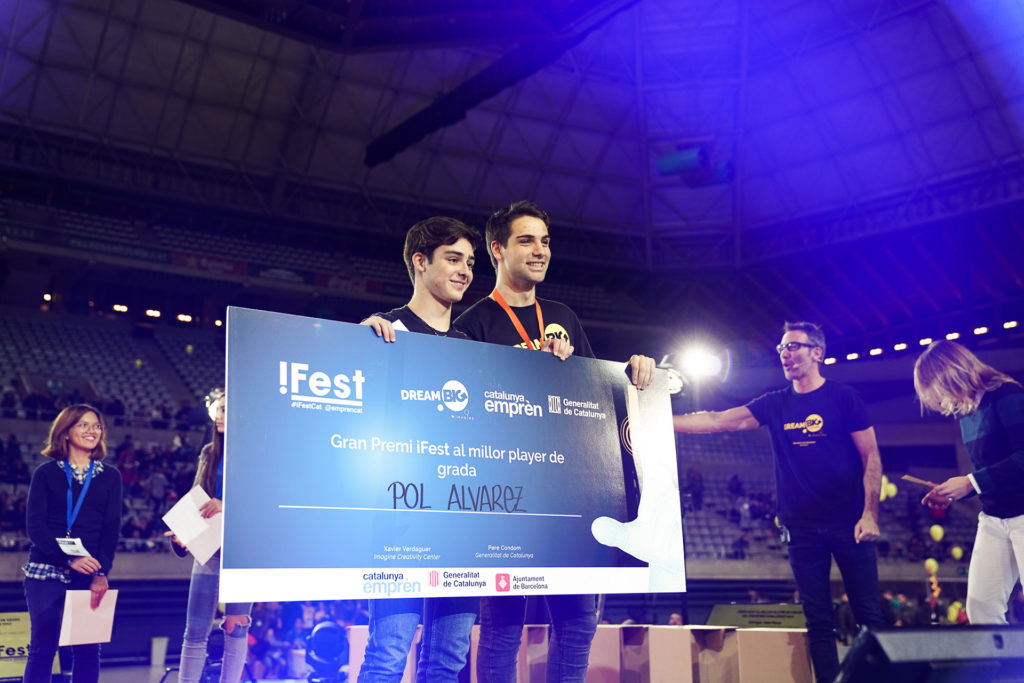
– Winner of the Dream BIG Challenge iFest 2017. Imagine Express 2018 award: Team 259 –
-Chupa-Chip. UNIVERSITAT DE GIRONA.
– Fluidra’s challenge winner: Team 46 – H2 SWIM. COL·LEGI MONTSERRAT.
– Aigües de Barcelona’s challenge winner: Team 132 – ET LLEIDA 1. INSTITUT ESCOLA DEL TREBALL.
– Parc Científic de Barcelona’s challenge winner: Team 259 – Chupa-Chip. UNIVERSITAT DE GIRONA.
– Uriach’s challenge winner: Team 327 – ACTIVE INK. INS. PERE RIBOT.
– Winner of i2Cat award to the most innovator team: Team 46. H2 SWIM. COL·LEGI MONTSERRAT.
– Winner of La Salle We Love Change to the team with the greatest impact: Team 91 – TUNNEL FOG LIFE. INSTITUT CAPARRELLA.
– Best instagram. Vodafone award: @miloov: gran experiencia
– Best Tweet. Vodafone award: @juanpablomunozf: go beyond your studies… find a passion and make a positve impact in the society.
DREAM BIG CHALLENGE
Dream Big Challenge is an activity designed by Xavier Verdaguer, known as a multi-entrepreneur and founder of the Imagine Creativity Center, an international referent and a pioneer in entrepreneurship and innovation. «Dream Big is not a training program, but a transformation one. Using the Lombard method, participants think of solutions to business problems based on four phases: problem inspiration, idea generation, prototyping and communication. What we do is design doing, it is not design thinking «.
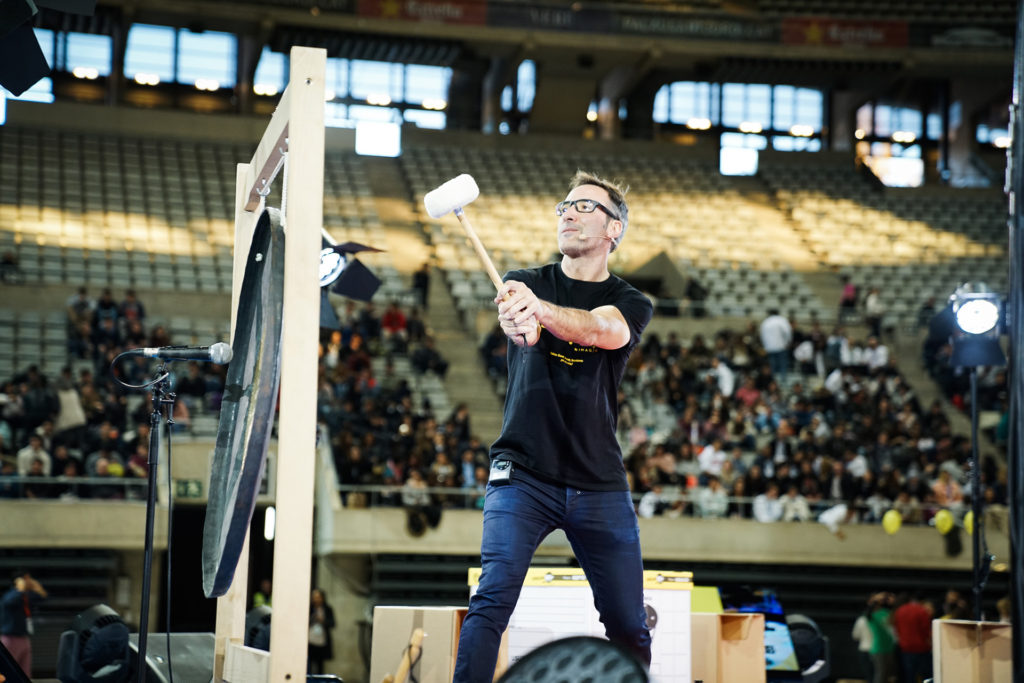
The Dream Big Challenge program includes four annual events that take place in pavilions of the main cities of the state, and a one-month closure program in Silicon Valley. In each competition, the participants are grouped in teams to create and develop disruptive ideas that solve a business challenge. The sessions are also attended by a hundred Imagine facilitators and experts who are responsible for guiding young people in the application of the Lombard methodology, the radical learning process of the Imagine Foundation based on Design Thinking principles.
More information:
http://www.dreambigchallenge.com/
http://www.imagine.cc/
—
Laura Pons
laura@dreambigchallenge.com
Photos by: Laura Cladellas & Berta Vicente.









